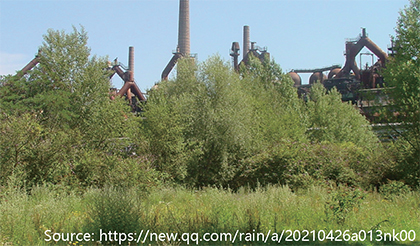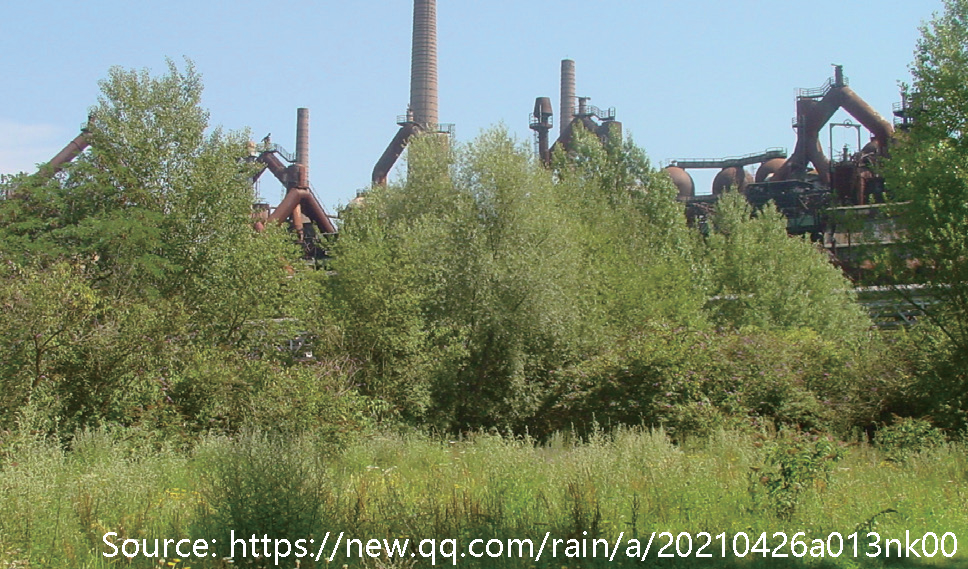



According to the definition of UNEP (United Nations Environment Programme), rewilding stands for "a conservation approach returning natural land to its wild state". The definition of rewilding is constantly evolving, and the emphasises of different researchers on the definition are different. However, there are several points that are indisputable: "reintroduction of species", "restoration and self-regulation of natural functions", "reduction of human intervention" and "long-term self-balancing of ecosystems". Wildness is a form of existence, and rewilding can be understood as a dynamic solution that can be used to shape the wild environment. Understanding from the management process, the implementation strategy is to restore biodiversity while minimize human intervention (Lorimer et al., 2015). Understanding from species continuity, the implementation strategy is to reintroduce lost species to restore ecosystem self-regulation (Prior & Brady 2017). Understanding from socio-ecosystems, the implementation strategy is to reorganize ecological services and establish socio-ecological cycles through the adaptation and conservation of species and habitats (Pettorelli, Durant & Du Toit 2019).
Edited and translated by Zhang Yifei